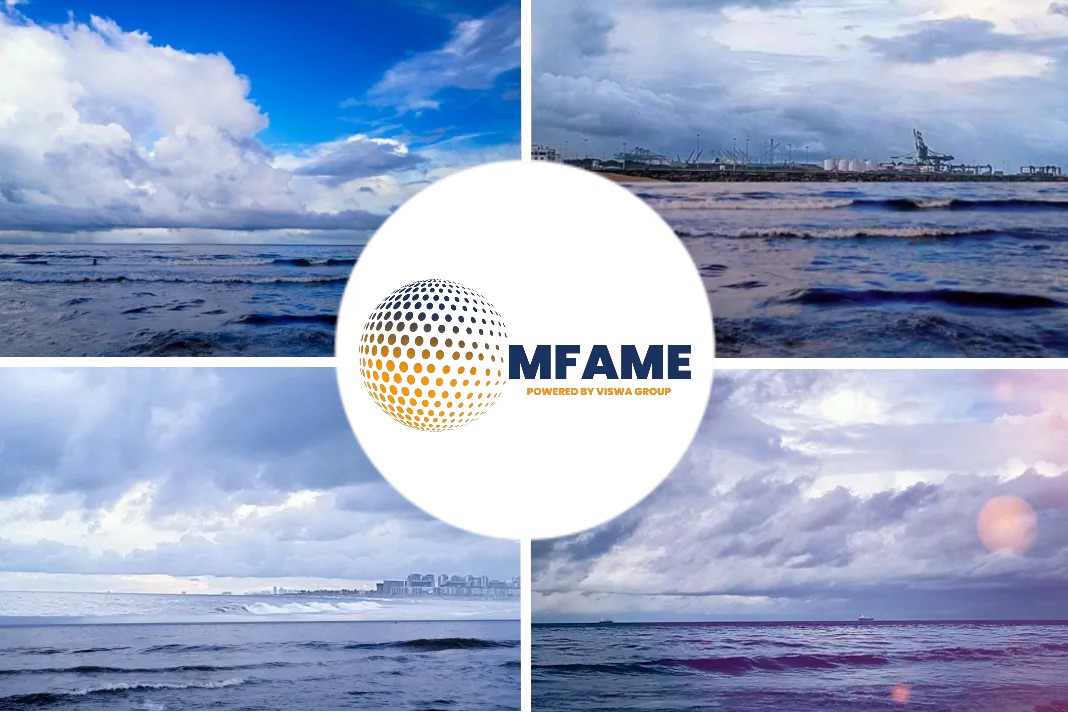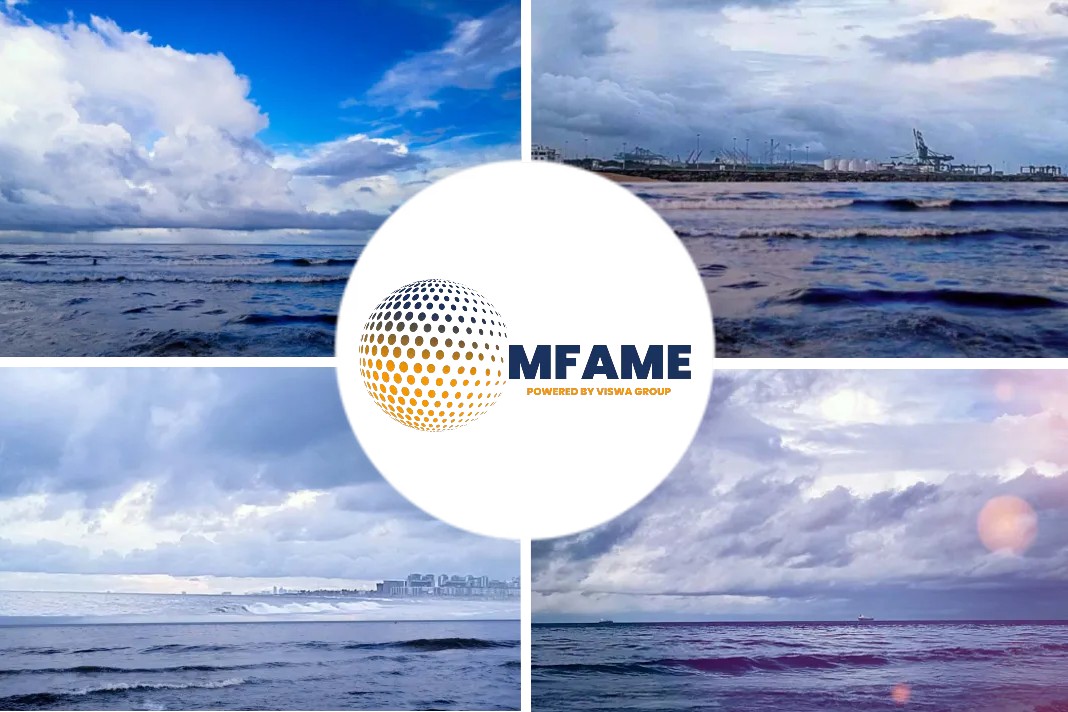The COVID19 pandemic is making all our lives miserable, especially the seafarers who are stranded at sea, exhausted and overworked with no hope of reprieve as travel restrictions cause crew change impossible. Amidst this immense mental pressure it’s absolutely important to take care of the seafarers’ mental well being. Keeping this in mind, the Chip Maritime’s Maritime Insight journal has published a set of interventions that can foster well being of seafarers, especially mental well being.
Today, we are going to look at those interventions in this excerpt.
Hours of Work
But first, determine the hour of work and rest designated for seafarers.
The Seafarers Employment Agreement sets the absolute limit of time seafarers can spend on board, but it is other provisions in the MLC and STCW that determine the hours of work and rest that need to be adhered to when the seafarer is working.
Internationally trading ships that operate 24 hours a day, 7 days a week need to distribute the work and work hours amongst the workforce on board in order to maintain a continuous operation. They are obliged under international law to ensure that their staffing
levels also ensure a safe operation.
Typically, the work schedule is organised into watch patterns or duty rosters with different
departments and different designations of individuals following different work schedules according to the demands of their role.
- The safe manning certificate will determine the minimum number of people of
various occupations and ranks that need to be on board and consequently will set the lower limit for the number of people amongst whom the work
hours can be shared. - The MLC and STCW set the upper limit of the number of hours that any one watchkeeper or rostered individual can work and the minimum numbers of hours of rest they are entitled to in an 7-day period.
- These limits are designed, in principle, to minimise fatigue and to maintain a safe ship operation and are based on the standard of an eight-hour day with one rest day per week and rest days on public holidays.
Currently these limits are as follows:
The limits on hours of work or rest shall be as follows:
- maximum hours of work shall not exceed:
ii. 14 hours in any 24-hour period; and
iii. 72 hours in any 7-day period; or - minimum hours of rest shall not be less than:
i. 10 hours in any 24-hour period; and
ii. 77 hours in any 7-day period.
Hours of rest may be divided into no more than two periods, one of which shall be at least 6 hours in length, and the interval between consecutive periods of rest shall not exceed 14 hours.
Parties may allow exceptions from the required hours of rest provided that the rest period is not less than 70 hours in any 7 day period and on certain conditions, namely:-
- Such exceptional arrangements shall not be extended for more than two consecutive
weeks. The intervals between two periods of exceptions shall not be less than twice the
duration of the exception; - The hours of rest may be divided into no more than three periods, one of which shall be at least 6 hours and none of the other two periods shall be less than one hour in length;
- The intervals between consecutive periods of rest shall not exceed 14 hours; and
- Exceptions shall not extend beyond two 24-hour periods in any 7-day period.
Seafarers’ Risk Factors
The particular circumstances of seafarers that can exacerbate fatigue are now recognised and the IMO guidance enumerates a number of these that set this industry apart from other enterprises (IMO, 2019; Annex pp. 3-4)
The demanding nature of shipping means that:
1. seafarers may be required to work long and irregular hours;
2. seafarers may spend an extended period of time working and living away from home,
on a ship that is subject to unpredictable environmental factors (i.e. changing weather
conditions);
3. the ship is both a seafarer’s workplace and their home while on board; and
4. while serving on board the vessel, there may not be a clear separation between work and recreation, which can influence their mental and emotional well-being.
Within the confines of a ship, the causes of fatigue are many, ranging from lack of sleep to disruption of the body’s clock, personal worries and poor nutrition.
The IMO Circular MSC.1/Circ1598 provides a comprehensive list of seafarer-specific and
management-specific factors that might bring on or exacerbate symptoms of fatigue and these are listed below (IMO, 2019; Annex pp. 4-5).
Seafarer-specific factors
The seafarer-specific factors are related to lifestyle behaviour, personal habits and individual attributes. Fatigue varies from one person to another and its effects are often dependent on the particular activity being performed.
- sleep and rest:
.1 quantity, quality and continuity of sleep;
.2 sleep disorders/disturbances; and
.3 recovery rest/breaks; - body clock/Circadian rhythms;
- psychological and emotional factors:
.1 fear;
.2 monotony and boredom; and
.3 loneliness - health and well-being:
.1 diet/nutrition/hydration;
.2 exercise and fitness; and
.3 illness and onset of illness; - stress:
.1 skill, knowledge and training as it relates to the job;
.2 personal issues of concern in personal life; and
.3 interpersonal relationships at work or at home; - medication and substance use:
.1 alcohol;
.2 drugs (prescription and non-prescription);
.3 supplements; and
.4 caffeine and other stimulants; - age;
- shift work and work schedules;
- workload (mental/physical); and
- jet lag
Managing specific factors
Management factors relate to how ships are managed and operated. These factors can
potentially cause stress and an increased workload, ultimately resulting in fatigue. These
factors include:
- Organizational factors:
.1 manning policies, levels, and retention;
.2 role of riders and shore personnel;
.3 administrative work/reporting/inspection requirements;
.4 economics;
.5 duty schedule-shift, overtime, breaks;
.6 company procedures, culture and management style;
.7 shore-based support;
.8 rules and regulations;
.9 other resources;
.10 maintenance and repair of the ship; and
.11 drill schedules and training of crew; - Voyage and scheduling factors:
.1 frequency and duration of port calls;
.2 time between ports;
.3 routeing;
.4 weather and sea condition on route;
.5 traffic density on route;
.6 nature of duties/workload while in port and at sea; and
.7 availability of shore leave.
COVID19 Welfare Interventions: Heron’s Six-Category Interventions
The international maritime community is working together to try and overturn travel bans for seafarers and to open up transport hubs to get seafarers on and off ships. However, these are likely to be several weeks away and many seafarers’ contracts may have
already long expired.
Therefore, there may be many individuals whose situation is placing them at risk of
experiencing a mental ill-health episode. There are actions that can be taken by individuals,
by ship’s teams and by management to help alleviate the suffering and stress that seafarers on board might be experiencing in these most difficult of times.
Shipping companies, seafarers’ employment agencies and the seafarers themselves may not have the power to overturn government restrictions on their travel, but there are constructive actions that they can take to tackle many of the challenges that COVID-19 presents
Chip Maritime presents the information that can be used to help seafarers through this crisis using a framework, called the Six Category Intervention Analysis, developed by John Heron in 1976, a researcher at the University of Surrey (Heron, 1976) .
This framework is used in many settings, both clinical e.g. counselling and non-clinical e.g. policing, for guiding people who are helping those who face challenging circumstances.
It defines and describes six categories of intervention, divided into two groups, that can be used to help people with difficult problems.
The six categories of intervention are listed in Table 3.
The interventions are divided into two groups, Authoritative and Facilitative.
- The former group is more directive in nature, where the helper may command, guide, or instruct the individual to follow particular problem-solving strategies and solutions.
- The latter group is more collaborative in nature where the helper works with the individual to discover problem-solving strategies and solutions.
The circumstances of the individual or group of individuals affected will dictate the choice of
intervention strategy that is most appropriate and likely to be the most effective.
It is worth noting that each intervention needs to be offered in such a way that the recipient feels free to acknowledge that it does, and equally acknowledge that it does not,
meet with his or her true needs or interests.
A list of sources and resources structured according to Heron’s intervention categories
follows in a series of tables. These sources and resources are chosen if they aim or are designed to reduce the demands on seafarers’ resources and / or alleviate any accompanying or consequential reduction in psychological capacity and increase in
emotional distress.
1. Prescriptive Interventions
Many of the international bodies representing shipping companies are producing guidance to help direct seafarers’ behaviour to prevent them from being harmed, to enable them to remain in compliance with their contractual obligations and to avoid coming into conflict with port authorities.
Primarily, these are aimed at protecting seafarers from contracting COVID-19 and providing advice on what to do in the event of a seafarer showing symptoms on board a ship.
International trade bodies, such as INTERTANKO and INTERMANAGER, are providing instructions and advice to their members on how to navigate through the commercial and legal challenges posed by the pandemic.
Only those that are publicly available are listed in the table below.
2. Informative Interventions
International bodies, trade associations, unions and charities are all doing the best they can to support seafarers through this crisis with information, instructions, and helplines where experts can be contacted to provide advice with a range of issues.
Additionally, charitable bodies have developed a range of resources over recent years to inform and guide companies and on board management teams on how to promote wellness and deal with mental health issues should they arise.
These resources provide useful advice that is as relevant to the current crisis as it is to ‘normal’ operations.
3. Confronting Interventions
In stressful situations, particularly those that appear inescapable, people can very easily
become trapped into a cycle of thinking that spirals downwards into a well of despair.
Resources that challenge unhelpful thought processes and encourage people into more constructive thought patterns are presented in the next table.
4. Cathartic Interventions
Cathartic interventions are a collection of actions and services that can be offered to enable the person who is distressed to release emotional tensions.
These are usually face-to-face, but can be accessed via the telephone or internet in real-time or asynchronously via email.
5. Catalytic Interventions
As the name suggests, these interventions act as catalysts for individuals to change their situation for themselves. Primarily, these resources are provided by seafarers’ charities, but there are also resources available around the globe from health services and other charities that are concerned with mental health
6. Supportive Interventions
Support can come in many forms, from companies writing to their seafarers and their families to express their gratitude for the continued service during the COVID-19 crisis, to the setting up of Facebook pages and Twitter campaigns.
These interventions communicate to those who might be having a difficult time that they are not alone and the work that they do is valued.
Did you subscribe to our daily newsletter?
It’s Free! Click here to Subscribe!
Source: Maritime Insight





































